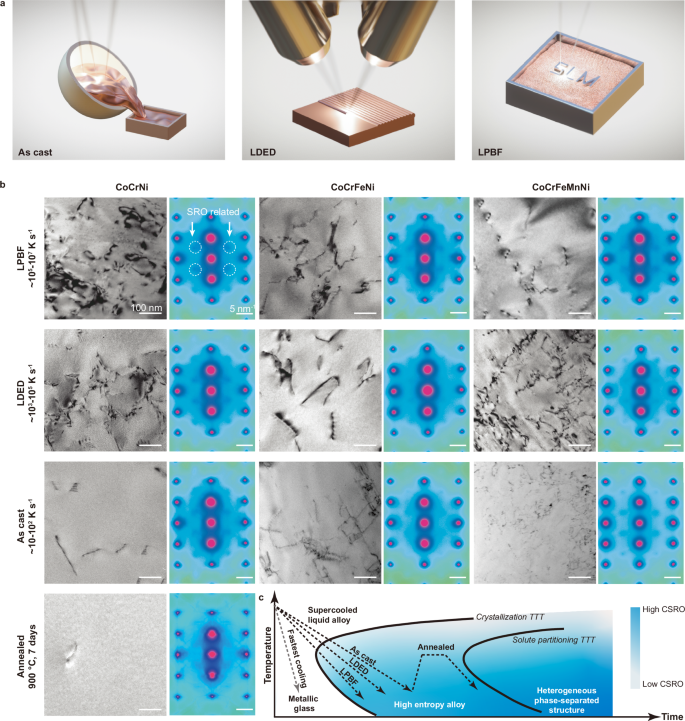2024-08-02 マサチューセッツ工科大学(MIT)
<関連情報>
- https://news.mit.edu/2024/scientists-pin-down-moons-tenuous-atmosphere-origins-0802
- https://www.science.org/doi/10.1126/sciadv.adm7074
月の土壌は、何十年にもわたって大気が失われてきたことを記録している Lunar soil record of atmosphere loss over eons
Nicole X. Nie, Nicolas Dauphas, Zhe J. Zhang, Timo Hopp, and Menelaos Sarantos
Science Advances Published:2 Aug 2024
DOI:https://doi.org/10.1126/sciadv.adm7074

Abstract
The Moon has a tenuous atmosphere produced by space weathering. The short-lived nature of the atoms surrounding the Moon necessitates continuous replenishment from lunar regolith through mechanisms such as micrometeorite impacts, ion sputtering, and photon-stimulated desorption. Despite advances, previous remote sensing and space mission data have not conclusively disentangled the contributions of these processes. Using high-precision potassium (K) and rubidium (Rb) isotopic analyses of lunar soils from the Apollo missions, our study sheds light on the lunar surface-atmosphere evolution over billions of years. The observed correlation between K and Rb isotopic ratios (δ 87Rb = 0.17 δ 41K) indicates that, over long timescales, micrometeorite impact vaporization is the primary source of atoms in the lunar atmosphere.



